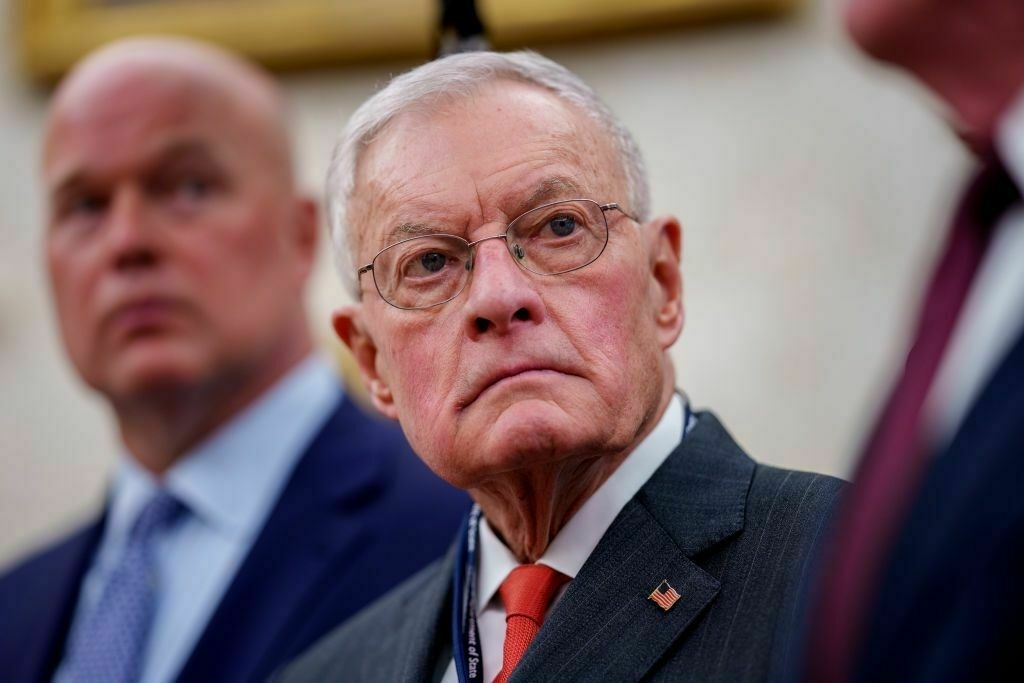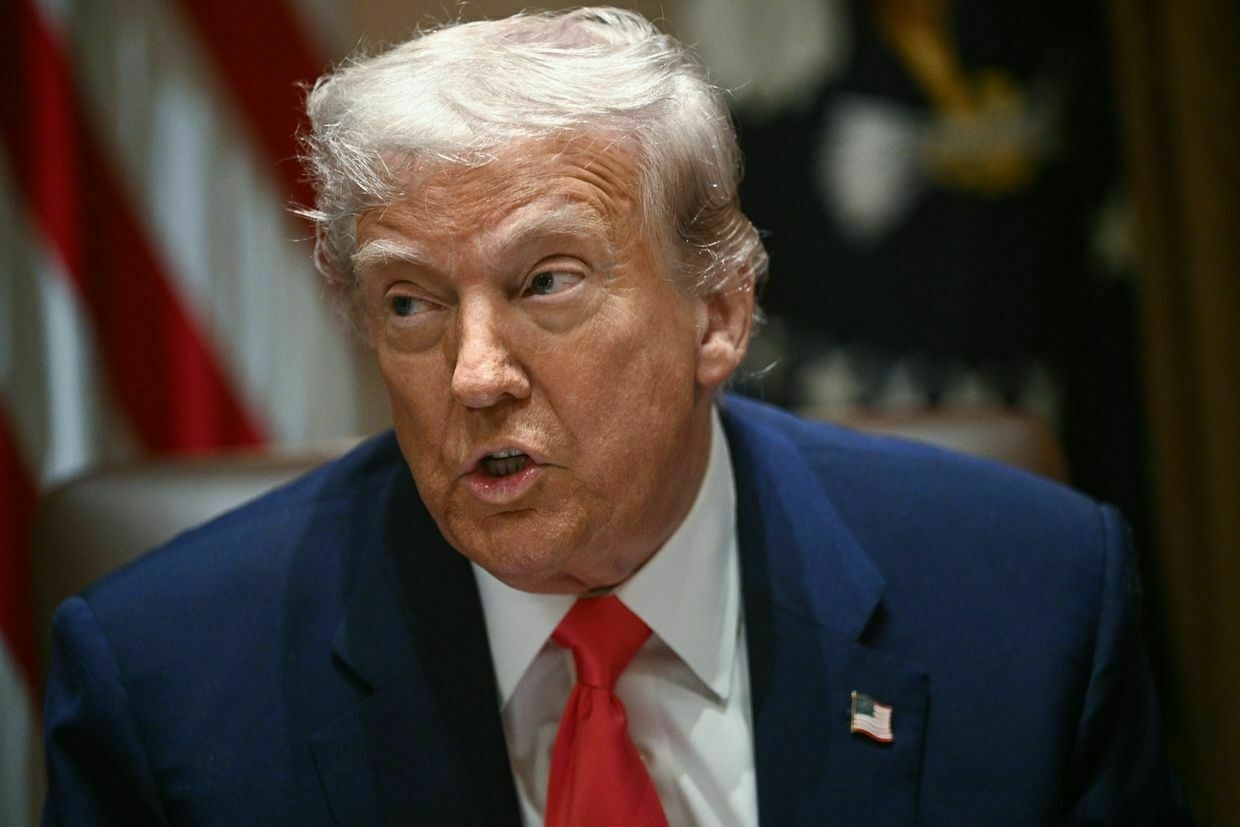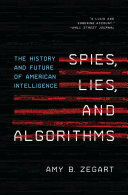
Ukraine could be partitioned into separate zones as part of a peace deal with Russia, U.S. President Donald Trump’s Special Envoy for Ukraine, Keith Kellogg, said in an interview with the Times on April 11.
Kellogg proposed establishing a “reassurance force” led by the U.K. and France in western Ukraine and concentrating Ukrainian troops east of the Dnipro river, where a demilitarized zone would also be established near the current line of control. Territories currently under occupation would be controlled by Russian forces.
“You could almost make it look like what happened with Berlin after World War Two, when you had a Russian zone, a French zone, and a British zone, a U.S. zone,” he said.
While the Kremlin has repeatedly rejected the idea of European troops monitoring a ceasefire in Ukraine, Kellogg said that a U.K.- and French-led force in western Ukraine “would not be provocative at all” to Russia.
“You’re west of the (Dnipro), which is a major obstacle,” he said.
Kellogg also proposed creating an 18-mile demilitarized zone in eastern Ukraine along the current front line to act as a buffer between Russian and Western troops.
“You look at a map and you create, for lack of a better term, a demilitarized zone [DMZ]. Take both sides back up 15 kilometers each, that’s 18 miles,” he said.
“And you have a … DMZ that you can monitor, and you’ve got this … no-fire zone. You can monitor that pretty easily."
Russia may still not accept the proposal, Kellogg acknowledged. He also said he expected the ceasefire conditions to be violated.
“Now, are there going to be violations? Probably, because there always are. But your ability to monitor that is easy,” he said.
The U.S. would not be committing any ground troops to the reassurance force in Ukraine, Kellogg said. He also warned France and the U.K. not to count on U.S. support for the “coalition of the willing,” an alliance of European and Commonwealth countries who have pledged to provide security guarantees to Ukraine after a ceasefire.
“Always plan for the worst case,” he said, adding that the coalition’s reassurance force would still be able to send an effective message to Russian President Vladimir Putin.
did not clarify whether he believes Ukraine should cede additional territory east of the Dnipro to Russia.
Kellogg’s comments mark the first time a senior U.S. official has proposed the Dnipro as a line of demarcation in postwar Ukraine. The proposal comes the same day that Trump’s Special Envoy to the Middle East, Steve Witkoff, met with Putin in St. Petersburg to discuss a future peace settlement in Ukraine.
Witkoff and Kellogg are reportedly at odds in their approach to a peace deal in Ukraine, according to two unnamed U.S. officials and five other undisclosed sources who spoke to Reuters for a story published April 11.
Witkoff has reportedly told Trump that giving Russia “ownership” of four occupied Ukrainian regions would be the fastest way to achieve a ceasefire, while Kellogg has argued that Ukraine would never agree to unilaterally cede total ownership of the territories to Moscow.
Kellogg’s plan to partition Ukraine, however, would involve leaving the illegally occupied regions under Russian control. President Volodymyr Zelensky has maintained that Kyiv will never recognize these territories as legally Russian.
The comparisons to postwar Berlin may also be offensive to Ukraine, which has a functioning democratic government, unlike Nazi Germany in 1945. Russia has also used false allegations of “Nazism” in Ukraine to justify its full-scale invasion.
 The Kyiv IndependentKateryna Denisova
The Kyiv IndependentKateryna Denisova
